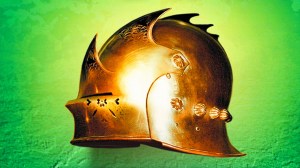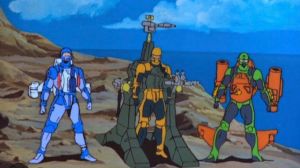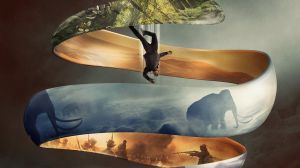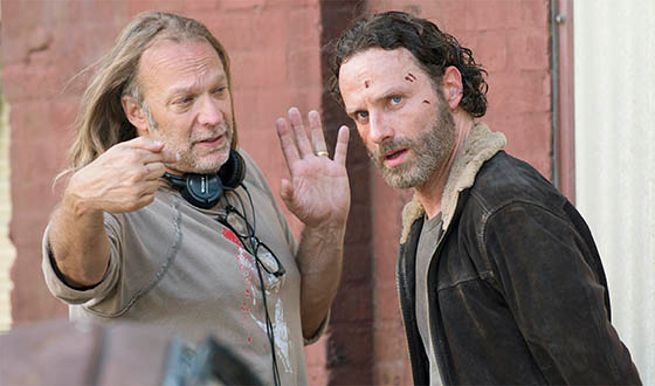
Videos by ComicBook.com
From there, it cut to the special effects and makeup department, led by Emmy-winner Greg Nicotero at the KNB EFX Group, where they manufacture the make-up effects for the show.
The place is surrounded by props not just from The Walking Dead but from other films and projects as well. Sculptors and producers talked about the accuracy of the zombie puppets — that you need to be sure that you’re “doing it right,” that the bits hanginging from walkers make sense with what you might see in reality.
“Everybody’s on their A-game of all times,” praised Norman Reedus, while Andrew Lincoln called KNB “extraordinarily gifted human beings.”
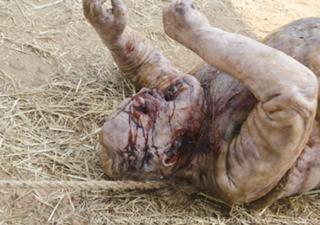
Melissa Cowan, who played that walker, explained the lengthy process that she had to undergo for it, coming up months ahead of time to get a body mold done and then wearing the green screen stockings on the bottom.
“Every season, we augment specific shows with puppets and even in terms of just our zombie kills we’ve sort of refined what we call our crush-heads,” Nicotero explained. “So in Season Two, we started realizing that the zombies that have been around for a while kind of have the consistency of a pumpkin or a canteloupe.” He said that the fans really love the walkers who get bashed and stomped into oblivion.
Next, they got into wardrobe; while some of the more recent additions like Eugene have multiple copies of the same outfit in their wardrobe, Andrew Lincoln said that his boots are the same pair from the pilot and have had to be re-soled eight times.
Reedus explained that wardrobe is key, especially when you consider that they have to dress the zombies, too. Andrew J. West, who plays Gareth, said that it’s easy to slip into the world because of how distressed and filthy everything is that you wear.
Costume designer Eulyn Womble then showed how to put the walker outfits together, applying fake mold and sweat stains, distressing clothes with a serrated knife and applying blood. Zombie blood, she said, was darker than regular human blood; he likes to use splattered blood rather than consistent stains because that’s how Charlie Adlard draws it in the comics.
Next, they hit on the practical physical locations; Lincoln said that as early as the pilot, he was blown away by what they managed to do in downtown Atlanta. They visited with Mike Riley, the location manager, who finds spots where he can collaborate with production designer Grace Walker. The pair praised Georgia for an abundance of great locations.
There’s a 60- or 80-acre area of woods where most of the outdoor stuff is shot for woods and wilderness shots.
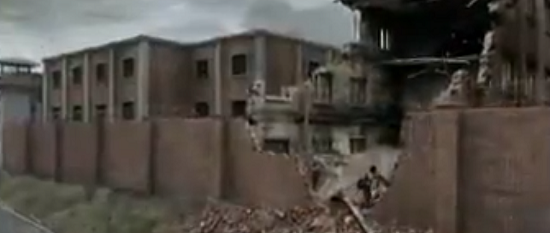
Lincoln called it “magnificent.” Apparently a Georgial Departmnet of Corrections officer came to the prison to check it out, having had reports that there was an unregulated prison not on their official list.
Walker said he doesn’t care when they take out a major set; he loves the explosions. The actors may miss the sets but they do like the practical explosions and other effects.
The Special Effects Coordinator takes responsibility for anything in nature, gunshots, blood spurts, etc., and they cited the fire at the barn; it was freezing, and if the barn had gone up too fast, they wouldn’t have been able to film the sequence. It had to be timed perfectly.
It took 20 minutes for Hershel’s barn to fully burn.
Cut to Nicotero introducing charred walkers from “The Grove,” showing off the “crispy” walkers from the fire. The special effects team put smoking patches on the actors under the wardrobe to make it look like they were smouldering.
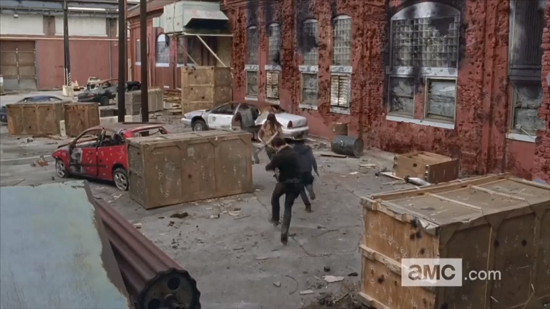
Then, cut to VFX and props, where the actors are being coached how things work. Producer Denise Huth says they try to make the effects subtle and seamless so they’re hard to notice. Still, many of the kills are actually digital effects, often with digital extensions of weapons and at least partially digital blood.
They note that Michonne’s sword is a signature effect; prop master John Sanders is responsible for them, and helped design the sword. Some of them are sharp, some of them are not, but they have a bunch of different, almost-identical swords for different purposes. There’s also a retractible sword to keep it “straight” when stabbing.
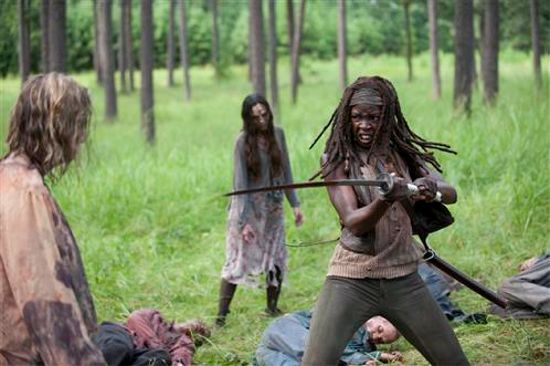
Like Arrow, The Walking Dead doesn’t use live arrows and so there are “crazy math problems” that Reedus has to do in order to simulate firing the crossbow bolts.
The cemetery and the funeral home in Season Four were not really in the same place; they used blue screen to make two different locations seem like they were on top of one another. Similarly, Rick wasn’t really in Atlanta on a horse.
They showed off a number of gags they did with Michonne’s sword and walker heads.
A look at stunts returned to the burning walkers, who have to be skinny enough to seem emaciated and imulate rot. Walkers don’t have human tendencies left, so they don’t brace themselves for impact, presenting a challenge for making falls and the like safe. The Stunt Coordinator also works with the non-stunt performers in situations where they have to let the actors do their stunts rather than a stunt performer.
Danai Gurira likes to do her own stunts and particularly loved the scene where she got to do a mass-zombie-kill (pictured above). Reedus has to do a lot of those, and he says they can be exhausting.
Prop Master John Sanders narrated the execution of the barn walkers, showing off the various different guns they have to have on set and the way they get the stunt performers to respond to being “shot” with blanks.
Huth said that the only scene she’s ever been unable to watch was when they were breaking the “pet” walker’s teeth on a fake rock.
Cutting to a scene about cast deaths, Reedus noted that whenever an actor dies or zombifies on the show, the rest of the cast wants to give them the best possible send-off, “because they are your brothers for life.”
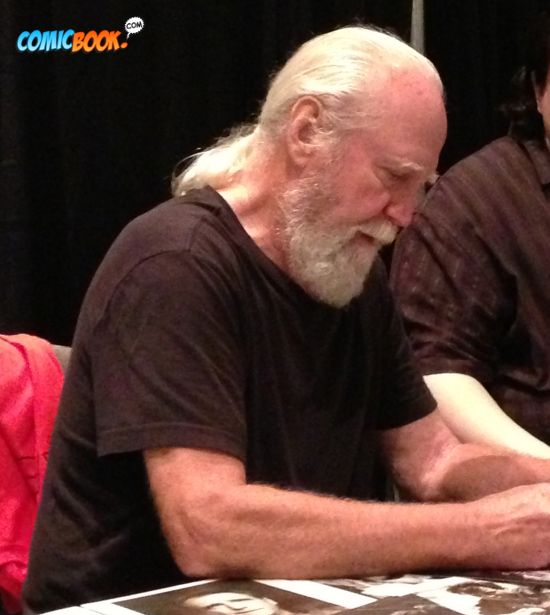
Lincoln reflected on the loss of Jon Bernthal, saying it was hard and that the only bad thing about the show is that you force relationships that invariably end with someone dying. Gale Anne Hurd and Reedus both talked about how hard it was to send off Michael Rooker/Merle.
They also cut to a shot of a director saying “don’t show that, don’t show that, that we can’t do” regarding Lori’s death. Apparently this isn’t the first season they’ve had some footage too raw for TV.
“You could work forty years in this business and not have this experience,” said Sarah Wayne Callies.
Actors will gather around one another to see off their friends who “die,” and Jeffrey DeMunn (Dale) flew down to Georgia from Upstate New York to watch Shane’s death scene.



